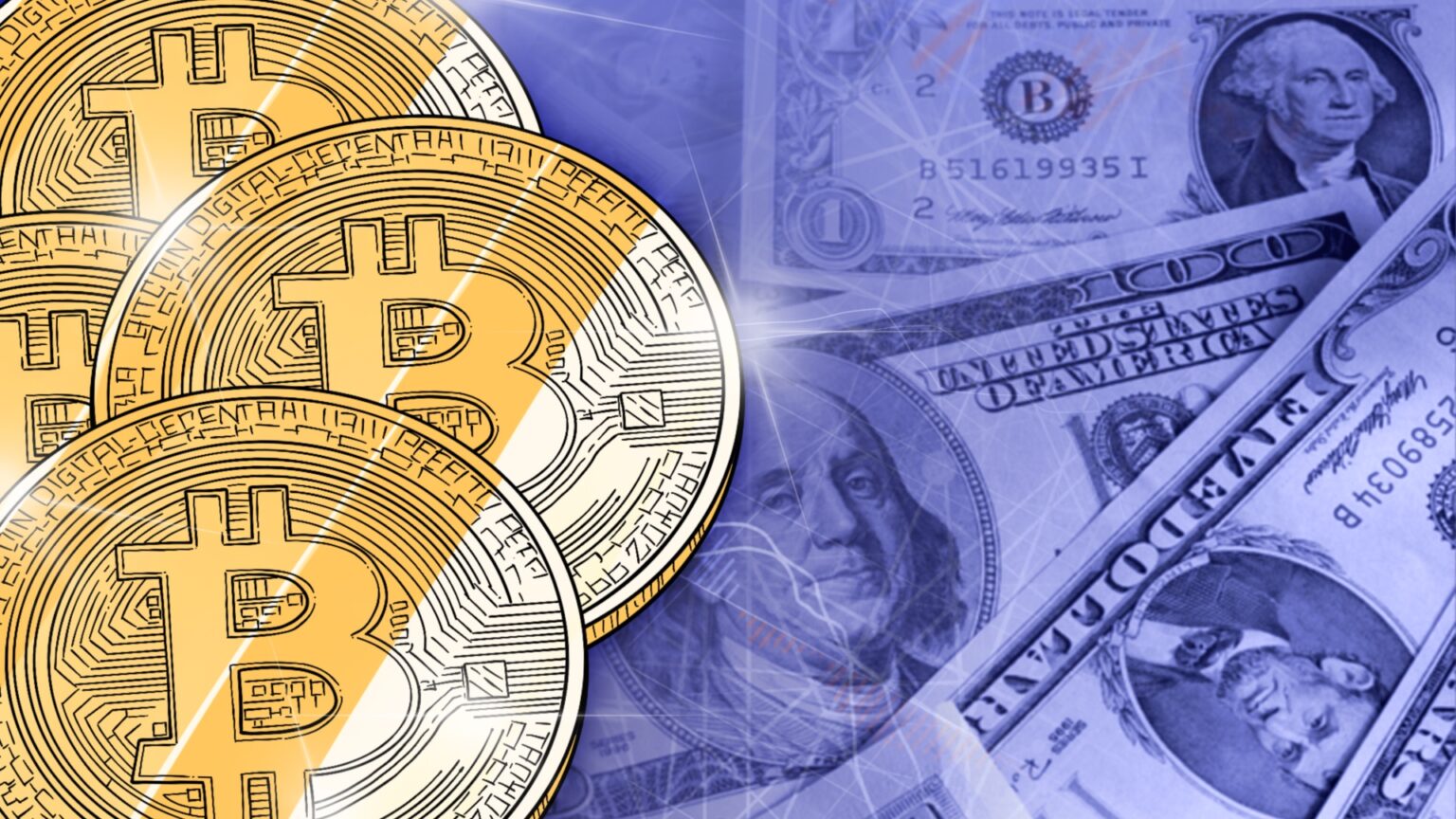In the ever-evolving landscape of finance, the mere mention of currency can evoke a myriad of opinions, especially when it comes to its design and intrinsic value. Jacob Rees-Mogg, a former Brexit Minister, has recently highlighted these perspectives on his YouTube channel, warning of how redesigns of the pound could unsettle public confidence in the Bank of England and the currency itself. Rees-Mogg’s discourse delves deep into the psyche of currency value, drawing historical comparisons and modern technological parallels that paint a vivid picture of money’s true worth.
The Enduring Debate Over Currency Design and Trust
A Reflection on the History of Currency
Tracing the origins of paper currency back to 11th-century China, Rees-Mogg emphasizes the historical stability of the British pound, primarily during its gold-backed era from 1660 to 1914. This era saw the pound’s purchasing power remain largely constant. Contrastingly, the advent of fiat currency—money not backed by a physical commodity—has often led to inflationary pressures, a point he describes as a “hidden tax” on savers and bondholders. The unbacked nature of modern currency raises questions about its legitimacy and underscores the potential risks associated with excessive money printing by governments.
The Perceived Versus Actual Value of Money
By comparing a modern coin with a silver shilling from the reign of Charles I, Rees-Mogg illustrates how historical coins derived value from their metal content, whereas today’s coins derive worth solely from public trust. He posits that believing in the inherent value of paper money is illusory since it holds no intrinsic worth outside the economic system that accepts it. This notion challenges the foundational assumptions underlying fiat money and brings into question its longevity and reliability.
Comparative Analysis: Bitcoin and Gold
Rees-Mogg draws comparisons between gold—a commodity historically revered for its scarcity—and Bitcoin, which similarly operates on the principle of limited supply. With annual gold production increasing by only 1–2% and Bitcoin capped at 21 million coins, both are posited to possess “real value” due to their scarcity. This contrasts sharply with fiat currencies, which can be devalued through inflationary practices. His insights resonate with digital asset proponents advocating for Bitcoin as an inflation hedge and a countermeasure against central bank overreach.
The Influence of Currency Design
The visual and tactile experience of money is not without its impact. Rees-Mogg argues that replacing recognizable historical figures with abstract art on banknotes could jeopardize public confidence, eroding the perceived continuity and trust in the currency. He cites hyperinflation scenarios in Weimar Germany and Zimbabwe as cautionary tales of what occurs when monetary trust is compromised.
The Crypto Community’s Perspective
Within the cryptocurrency ecosystem, Rees-Mogg’s recognition of Bitcoin’s scarcity and stability was met with approval. While he refrains from declaring cryptocurrency superior, his views align with the broader digital asset narrative that espouses Bitcoin as a potential safeguard against fiscal instability and authoritarian monetary policies. His remarks underscore the critical role of economic performance and central bank transparency in sustaining currency strength and public trust.
FAQs
How did the pound maintain its value during its gold-backed era?
The pound retained its value from 1660 to 1914 because it was directly linked to gold, a finite resource that provided a stable foundation for the currency’s worth. This linkage limited the ability to inflate the money supply, thus preserving its purchasing power.
What is the primary argument against fiat currency according to Rees-Mogg?
Rees-Mogg argues that fiat currency is susceptible to devaluation through inflation since it lacks a tangible asset backing it. This can act as a concealed tax on wealth, diminishing the value of savings over time.
Why is Bitcoin considered a potential hedge against inflation?
Bitcoin’s fixed supply of 21 million coins ensures that it cannot be inflated like fiat currencies. This scarcity, combined with its decentralized nature, positions Bitcoin as a possible hedge against inflation and the arbitrary monetary expansion by governments.
This comprehensive guide to currency design and trust explores its history, modern implications, and alternative perspectives like Bitcoin. These insights are crafted to help readers navigate financial complexities with an informed understanding of currency dynamics and the underlying economic principles.

